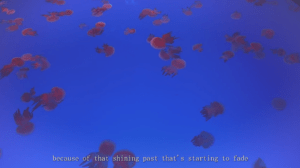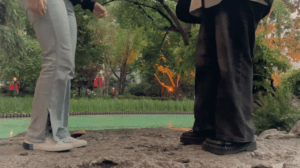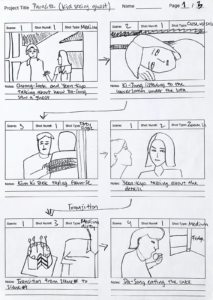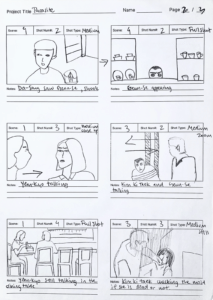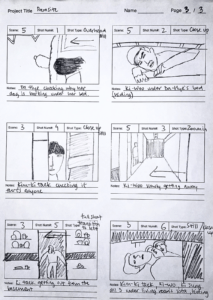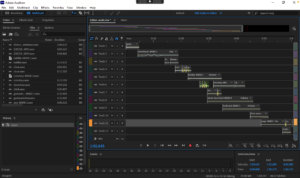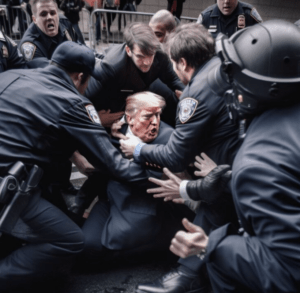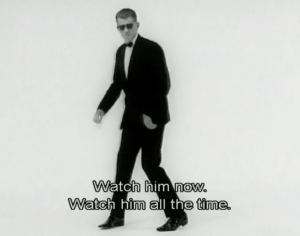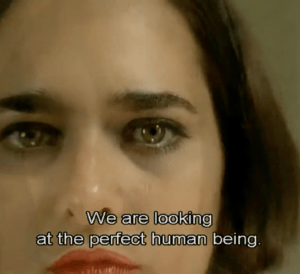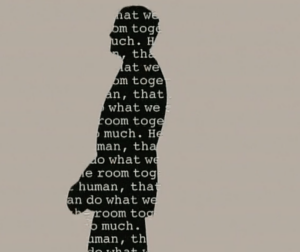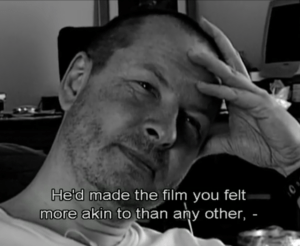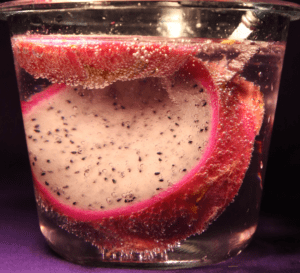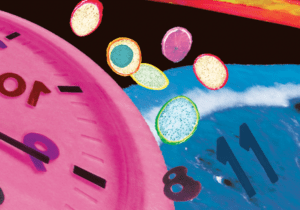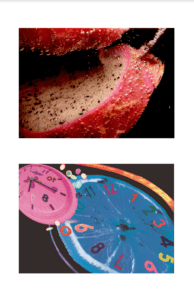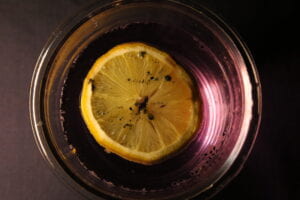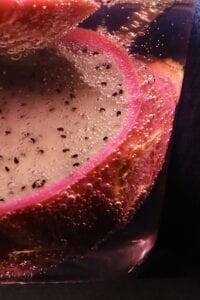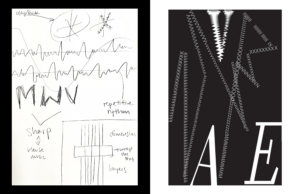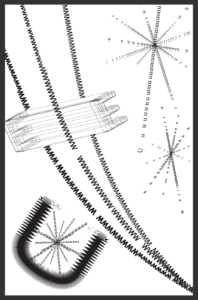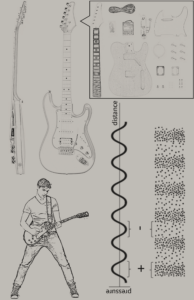Meet me at, Ninj and David
CONCEPT & STORY:
Our main concept was the feeling of nostalgia and missing someone. The storyline is about how the two characters are doing the same actions but in different settings and environments. They are not together but they have a strong connection between them that makes them meet each other at the end.
We were inspired by the short film “Kingyo” by Edmund Yeo. The reason why we were inspired by the film and decided to make our own version of a short film is simply because it gave us the feeling that something is missing and the theme was not too bright nor too dark yet aesthetic in its own unique way. Therefore we decided to make it a bit more unusual or interesting, we decided to not show our full body and instead only shoot our legs walking around places.
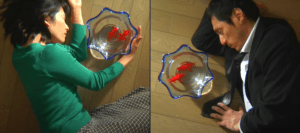
Kingyo by Edmund Yeo
CREATION PROCESS & EXECUTION:
In our first storyboard, our original idea was to place our video that side by side in split-screen, but it made it seem like we were comparing those two characters’ life therefore we instead placed each scene one after the other. Creating the storyboard, made it easier for us to film our scenes as it contained the basic information of where to film and what angle to use. Since both of us were amateurs, we used our phones to record our film as we both agreed that filming on the phone will be easier to record movements and bring them with us to different locations. 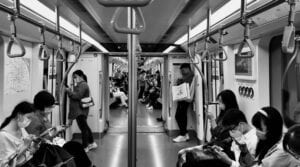
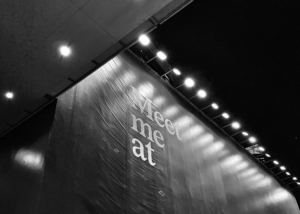
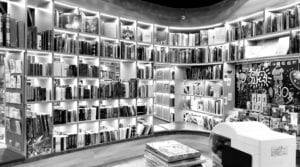
locations
And because most of the scenes we shot were in public space, it was difficult for us to film at the right time. We took at least 10 shots for each scene to get the perfect shot because we were keep getting disturbed by people walking over, metro leaving and having a tilt in the video. But however, after trying for many shots, we figured out how and when to film and improvised our filming skills in public. I also think recording the narration was challenging as it was in Korean, and though we were going to add subtitles, we wanted to deliver the meaning and the message with my voice and the pace of my reading. Which made us record the narration over and over to get the perfect one.
During the editing process, we tried many different ways of placing each scene to ensure the storyline was clear to the audience. We not only focused on de-noising our narration audio n audition but also worked hard on the colour grading in premier-pro in order to make the videos which were shot in different areas with different lighting mixed with each other. Because and fortunately the theme of our film did not require any use of effects like special effects and visual effects, we only worked on the placement, added subtitles, did colour-grading, and edited audio so that they go well.
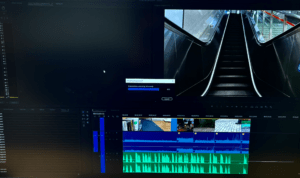
COLLABORATION:
As I also mentioned in our visual metaphor proposal, we divided our work equally and I think the work we did was really teamwork. Everyone in IMA who took or taking the communications lab course at the moment told me your “partner” matters a lot because there were many students whose partners were doing nothing and ended up doing their project alone. Hence, I think I was lucky to work with my dear partner and friend David because we understood each other very well during the whole process of making our final project. We listened to each other very well but also commented on how we each thought about each other’s ideas and suggestions.
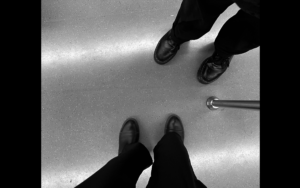
David and Ninj
I also felt grateful for Day for helping me record my or our audio. Though he did not speak Korean, he did a really great job of giving suggestions and tutoring me on how to fully express our narration in a way that matches the overall theme of our short film and I want to thank him for being such an understanding yet supportive partner and great friend during my freshmen year. Among all the new things I have learned from my partner was to focus even on the tiny details. When working with Day, I noticed he pays attention to every single detail of his work while editing and it was my first time seeing someone who pays more attention to small details than me so it was nice to have him as my partner.
AESTHETICS & RESULTS:
As the aesthetic and overall theme we chose to go with our final project was nostalgia and gloom, we colour-graded our film with mostly green and blue hues to give it a “feeling of blue”. However, at the end of our film, the ending scene, we decided to give it a bit of liveliness by adding orange and warm tones because our two characters meeting each other meant warmth and love.
